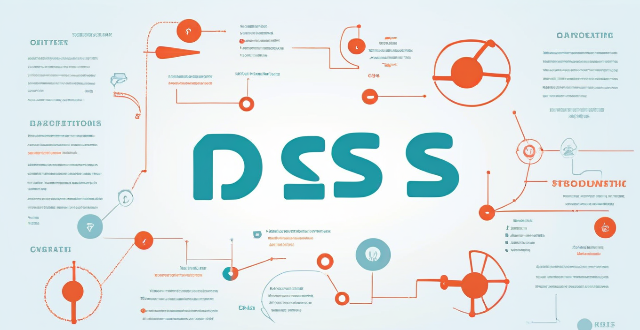This article discusses the risks associated with weak or improperly implemented data encryption, which can lead to data breaches, loss of trust from customers and stakeholders, legal and regulatory compliance issues, difficulty in recovery, vulnerability to advanced threats, difficulty in detecting breaches, and diminished protection against insider threats. It emphasizes the importance of using strong encryption algorithms, implementing them correctly, and regularly reviewing and updating encryption practices to protect sensitive information and maintain trust.

Risks Associated with Weak or Improperly Implemented Data Encryption
Data encryption is a crucial aspect of modern information security. It is the process of converting plain text into an unreadable format that can only be deciphered by someone who has the correct key or password. However, if data encryption is weak or improperly implemented, it can lead to several risks and vulnerabilities. In this article, we will discuss the risks associated with weak or improperly implemented data encryption.
1. Data Breach
The most significant risk associated with weak or improperly implemented data encryption is the potential for a data breach. If an attacker gains access to your encrypted data and you are using weak encryption algorithms or improper implementation techniques, they may be able to decrypt your sensitive information. This could lead to financial loss, identity theft, reputational damage, and legal consequences.
2. Loss of Trust
Another risk associated with weak or improperly implemented data encryption is the loss of trust from customers and stakeholders. If your organization suffers a data breach due to weak encryption, it could damage your reputation and cause customers to lose faith in your ability to protect their data. This could lead to a decline in business and revenue.
3. Legal and Regulatory Compliance Issues
Many industries have strict regulations regarding data protection and privacy. If you are using weak or improperly implemented data encryption, you may not be compliant with these regulations. This could result in fines, penalties, and even criminal charges.
4. Difficulty in Recovery
If your encrypted data is compromised due to weak or improperly implemented encryption, it can be challenging to recover. You may need to spend significant time and resources on recovery efforts, which can be costly and disruptive to your business operations.
5. Vulnerability to Advanced Threats
Weak or improperly implemented data encryption can make your organization vulnerable to advanced threats such as ransomware attacks. These attacks can encrypt your data and demand payment in exchange for the decryption key. If your encryption is weak, attackers may be able to decrypt your data without paying the ransom.
6. Difficulty in Detecting Breaches
Weak or improperly implemented data encryption can make it difficult to detect breaches. Attackers may be able to access your encrypted data without leaving any visible signs of intrusion. This can delay detection and response, allowing the attacker more time to steal or corrupt your data.
7. Diminished Protection Against Insider Threats
Weak or improperly implemented data encryption can also diminish protection against insider threats. Disgruntled employees or contractors may be able to exploit weak encryption to gain access to sensitive information and sell it to competitors or use it for their own benefit.
Conclusion
In conclusion, weak or improperly implemented data encryption can lead to several risks and vulnerabilities that can have severe consequences for your organization. To mitigate these risks, it is essential to use strong encryption algorithms, implement them correctly, and regularly review and update your encryption practices. By doing so, you can protect your sensitive information and maintain the trust of your customers and stakeholders.